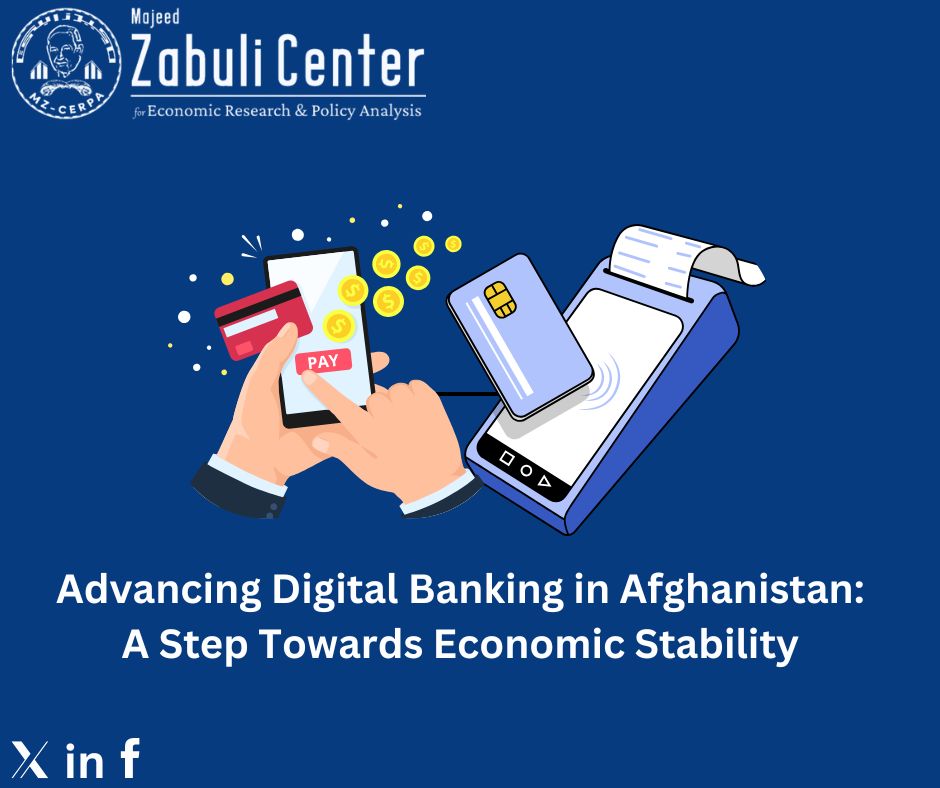23 Aug,25
Most Searched Keywords
05 Aug
Efforts to Advance Digital Banking in Afghanistan; A Vital Step Toward Economic Stability

Afghanistan’s central bank has taken a significant step toward modernizing the country’s financial sector by promoting electronic banking in major commercial hubs such as large retail stores, fuel stations, and other high-volume cash transaction centers. This initiative is part of a broader effort to reduce the use of physical cash and prevent the deterioration of Afghan currency. It represents a vital move toward greater financial stability and long-term economic growth.
The current state of Afghanistan’s economy is marked by persistent challenges, including prolonged inflation, depreciation of the national currency, and limited access to formal banking services. Heavy reliance on cash transactions not only undermines financial transparency but also contributes to the physical wear and tear of banknotes. At a time when a significant portion of the Afghan population is engaged in informal economic activity, the expansion of digital banking is increasingly seen as a critical pathway to greater financial inclusion and economic resilience.
The central bank is working to implement electronic payment systems across key commercial locations in order to encourage both merchants and consumers to adopt digital methods of transaction. This initiative is expected to promote more transparency in financial dealings, reduce the risk of fraud and theft, and expand financial access to underserved populations, particularly in remote areas. It will also help reduce the demand for physical currency, lowering the costs associated with printing and distributing banknotes and contributing to the overall stability of the Afghan currency. These measures align with broader economic policies aimed at creating a sustainable and efficient financial environment.
Despite the promising outlook of digital banking, several challenges must be addressed for its successful implementation. Limited infrastructure, poor internet connectivity in many regions, and a general lack of digital literacy among the population could hinder widespread adoption. Moreover, building public trust in digital platforms will be essential for long-term success.
Nevertheless, the central bank’s push for electronic banking is a hopeful sign for Afghanistan’s economic future. Reducing cash-based transactions and promoting digital payment systems can foster greater transparency, efficiency, and financial stability. If the existing obstacles are effectively managed and inclusive access to digital services is ensured, Afghanistan can move toward a more modern banking system and a stronger, more resilient economy.
